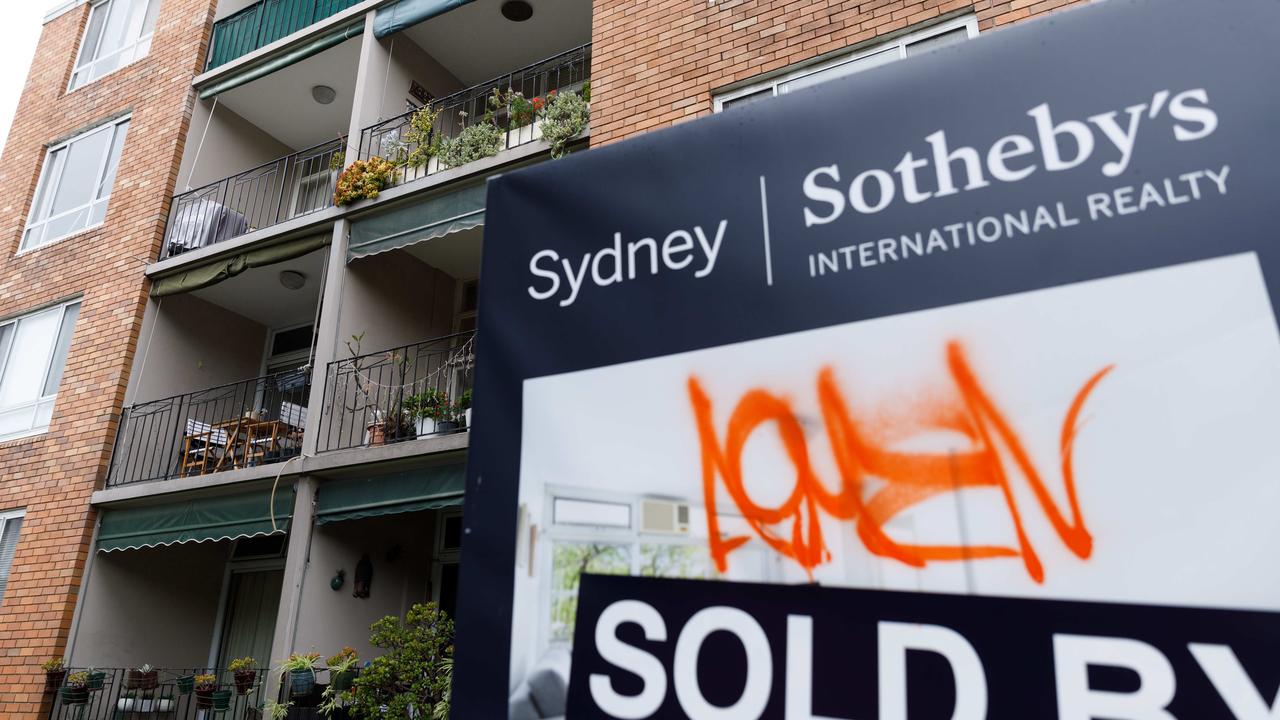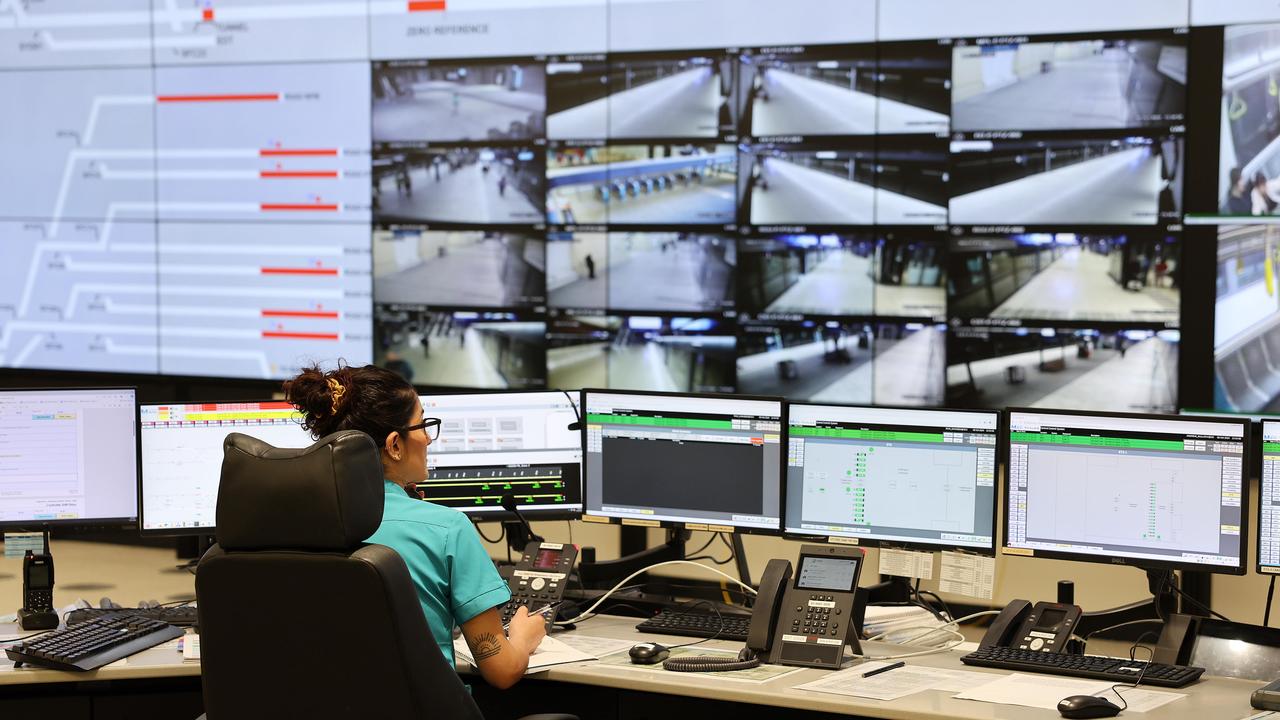Inflation, rate risks as Middle East conflict escalates
The situation in the Middle East threatens to ramp up global inflationary pressure and rattle investors who have become overly confident that the Reserve Bank will soon cut rates.

Business
Don't miss out on the headlines from Business. Followed categories will be added to My News.
The escalating Middle East conflict threatens to ramp up global inflationary pressure and rattle investors who have become overly confident that the Reserve Bank will soon cut rates.
The benchmark S&P/ASX 200 index has rallied about 15 per cent since late October when economists and financial markets began pricing in multiple interest rate cuts following signs that the battle against inflation was being won.
But Iran’s move to launch air strikes against Israel in response to an attack on its embassy in Syria and continued growth and inflation risks are beginning to push those time frames out and could set markets up for disappointment.
Wall Street stocks finished sharply lower on Friday amid anxiety over a potential widening of the Middle East conflict.
Shares in JPMorgan Chase sank 6.5 per cent despite strong first-quarter earnings as the bank highlighted worries over geopolitics and inflation. “The market is probably too happy,” CEO Jamie Dimon said. “I think the chance of bad outcomes is higher than other people think.”
Futures indicate Australian shares will open 0.6 per cent lower.
Betashares chief economist David Bassanese said the latest escalation of hostilities following Iran’s attack on Israel posed new risks in the quest to reduce inflation, which could mean the RBA was unable to cut rates this year.

Iran is a major oil supplier to many countries globally and disruption to its capacity could see oil prices climb from a six-month high of about $US90 per barrel, which Mr Bassanese said would make it difficult for central banks to contemplate the rate cuts expected by equity and bond markets.
“As it stands, equity market valuations in the US have already become quite stretched, and further upward pressure on bond yields due to delayed rate cut expectations heightens the risk of a market correction in the coming weeks or months,” he said.
“A strong and sustained rebound in oil prices would not just further hurt real household incomes – weakening consumer spending further – but also raise inflation and make it difficult for the RBA to deliver interest rate cuts later this year.”
Financial markets had expected the RBA to cut rates in September and a cumulative 70 basis point easing by June 2025. However, the timing would depend on data, which has shown signs of sticky inflation and strong employment conditions.
IG market analyst Tony Sycamore told The Australian that it was critical that this Thursday’s labour figures show that unemployment in the country rose to 3.9 per cent or markets could forget about rate cuts for many more months.
“If we see another 3.7 or 3.8 per cent then I think you can forget probably forget about the RBA cutting rates until November at the earliest,” he said. “There is a lot riding on that piece of data.”
After the ASX 200 rallied from a low of 6751 points on October 30 to be 7788.10 on Friday, Mr Sycamore told The Australian that the market was due for a retreat in late April/early May.
“We’re looking for a pullback in May which is seasonally a historical period of underperformance of both the ASX 200 and the US stockmarket,” he said.
Recent signs of sticky inflation, particularly in the US, and strong employment suggest the market has been too optimistic.

GSFM investment strategist Stephen Miller said markets had exhibited an ongoing predilection towards “false starts” on rate cuts based on an overly optimistic assessment of the rapidity with which inflation might decline or an overly pessimistic assessment of the resilience of activity growth and the labour market.
“That is despite a litany of disappointments on inflation,” he said.
At the start of the year the bond market had priced in about 175 basis points of rate cuts or seven 25bps cuts in the US.
In Australia the needle has shifted from 55bps to 20bps – a small cut.
AMP chief economist Shane Oliver told The Australian that households were likely to see a rate cut this year, but hotter US inflation delaying Fed rate cuts added to the risk of RBA cuts taking longer too. Dr Oliver said local inflation would ultimately determine the RBA’s decision.
“Markets are overvalued at the moment and when you have seen strong gains and strong confidence that generally means there is more risk around a pullback,” he said. “There is certainly more risk now than in October when markets had fallen into a heap.”
Mr Sycamore said optimism in the market had been centred around rate cuts, continued growth in the economy and the hype around AI, which had elevated major tech stocks and the broader market.
Morningstar regional director of equities research Mathew Hodge said the market had been surprisingly strong.
“If inflation rears its head again, some of the optimism could come out of share prices for banks and other recent winners,” he said.
Originally published as Inflation, rate risks as Middle East conflict escalates




